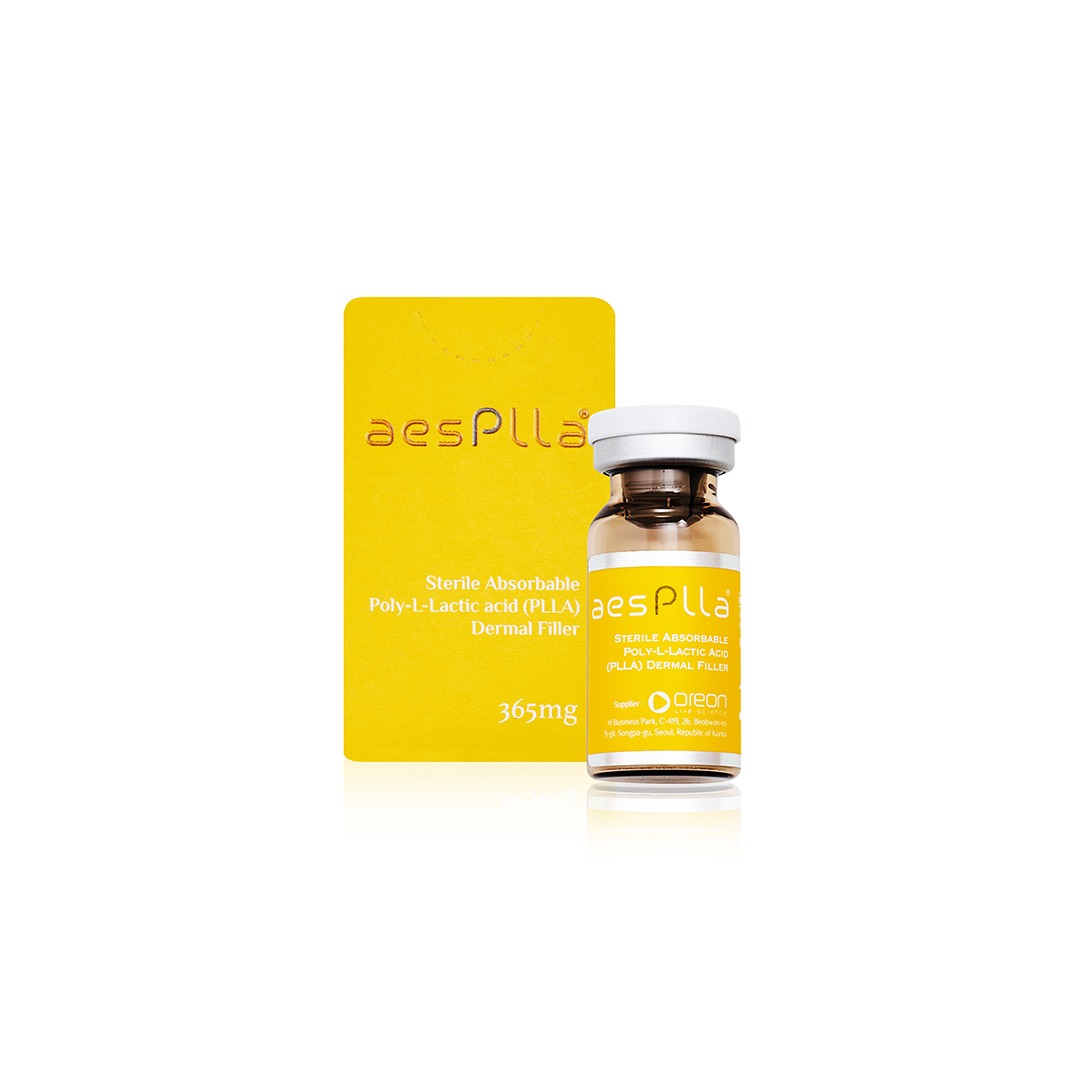PLLA
Poly-L-Lactic Acid
PLLA works by stimulating the body’s natural collagen production, leading to gradual, long-lasting facial volume restoration. Unlike hyaluronic acid fillers, which provide instant volume, PLLA delivers subtle and progressive improvement, making it ideal for individuals with significant volume loss or aging-related collagen depletion.
The longevity depends on factors like age, metabolism, and number of treatment sessions. Multiple sessions are recommended (typically 2-4) spaced 4-6 weeks apart for optimal results.
PLLA works by stimulating the body’s natural collagen production, leading to gradual, long-lasting facial volume restoration. Unlike hyaluronic acid fillers, which provide instant volume, PLLA delivers subtle and progressive improvement, making it ideal for individuals with significant volume loss or aging-related collagen depletion.
The longevity depends on factors like age, metabolism, and number of treatment sessions. Multiple sessions are recommended (typically 2-4) spaced 4-6 weeks apart for optimal results.
Mechanisms of Action
- PLLA microparticles act as a foreign body, triggering a mild inflammatory response.
- Fibroblasts are activated as part of the body’s wound-healing process.
- Fibroblasts play a critical role in producing Type I collagen.
- The synthesis of new collagen fibres results in a gradual and natural increase in facial volume, improving wrinkles, folds, and skin texture.
- The process typically takes 6–12 weeks, meaning results are not immediate but develop over time.
- The PLLA is gradually broken down through hydrolysis into lactic acid (naturally produced by the body).
- As the PLLA particles dissolve, the collagen network remains, maintaining volume and improving skin elasticity.
PLLA vs HA Dermal Filler
Mechanism
PLLA: Stimulates collagen production
HA Filler: Targets direct volume replacement
Onset of Results
PLLA: Gradual (weeks to months)
HA Filler: Immediate
Duration
PLLA: 2+ years
HA Filler: 6-12 months
Biodegradability
PLLA: Yes (hydrolysis)
HA Filler: Yes (hyaluronidase enzymatic breakdown)
Best for
PLLA: Large volume loss, deep folds
HA Filler: Fine lines, hydration, contouring

Mechanisms of Action
- PLLA microparticles act as a foreign body, triggering a mild inflammatory response.
- Fibroblasts are activated as part of the body’s wound-healing process.
- Fibroblasts play a critical role in producing Type I collagen.
- The synthesis of new collagen fibres results in a gradual and natural increase in facial volume, improving wrinkles, folds, and skin texture.
- The process typically takes 6–12 weeks, meaning results are not immediate but develop over time.
- The PLLA is gradually broken down through hydrolysis into lactic acid (naturally produced by the body).
- As the PLLA particles dissolve, the collagen network remains, maintaining volume and improving skin elasticity.
PLLA vs HA Dermal Filler
Mechanism
PLLA: Stimulates collagen production
HA Filler: Targets direct volume replacement
Onset of Results
PLLA: Gradual (weeks to months)
HA Filler: Immediate
Duration
PLLA: 2+ years
HA Filler: 6-12 months
Biodegradability
PLLA: Yes (hydrolysis)
HA Filler: Yes (hyaluronidase enzymatic breakdown)
Best for
PLLA: Large volume loss, deep folds
HA Filler: Fine lines, hydration, contouring
Benefits
- PLLA provides more subtle results then HA fillers
- PLLA is biocompatible and does not trigger an allergic reaction, as it is naturally broken down by the body.
- Because PLLA stimulates collagen rather than directly filling the area, results last up to 2 years or more.
- Studies show that collagen levels increase by ~66% after treatment.

